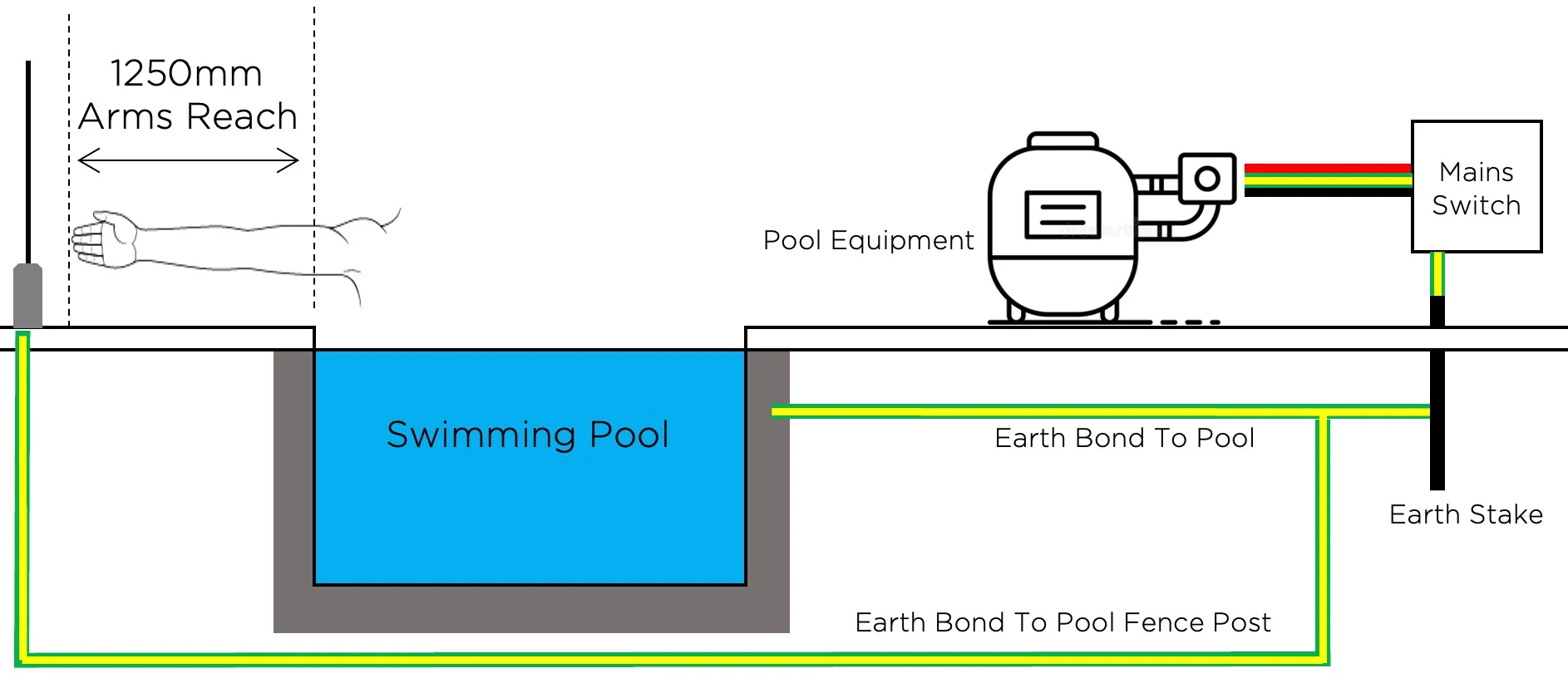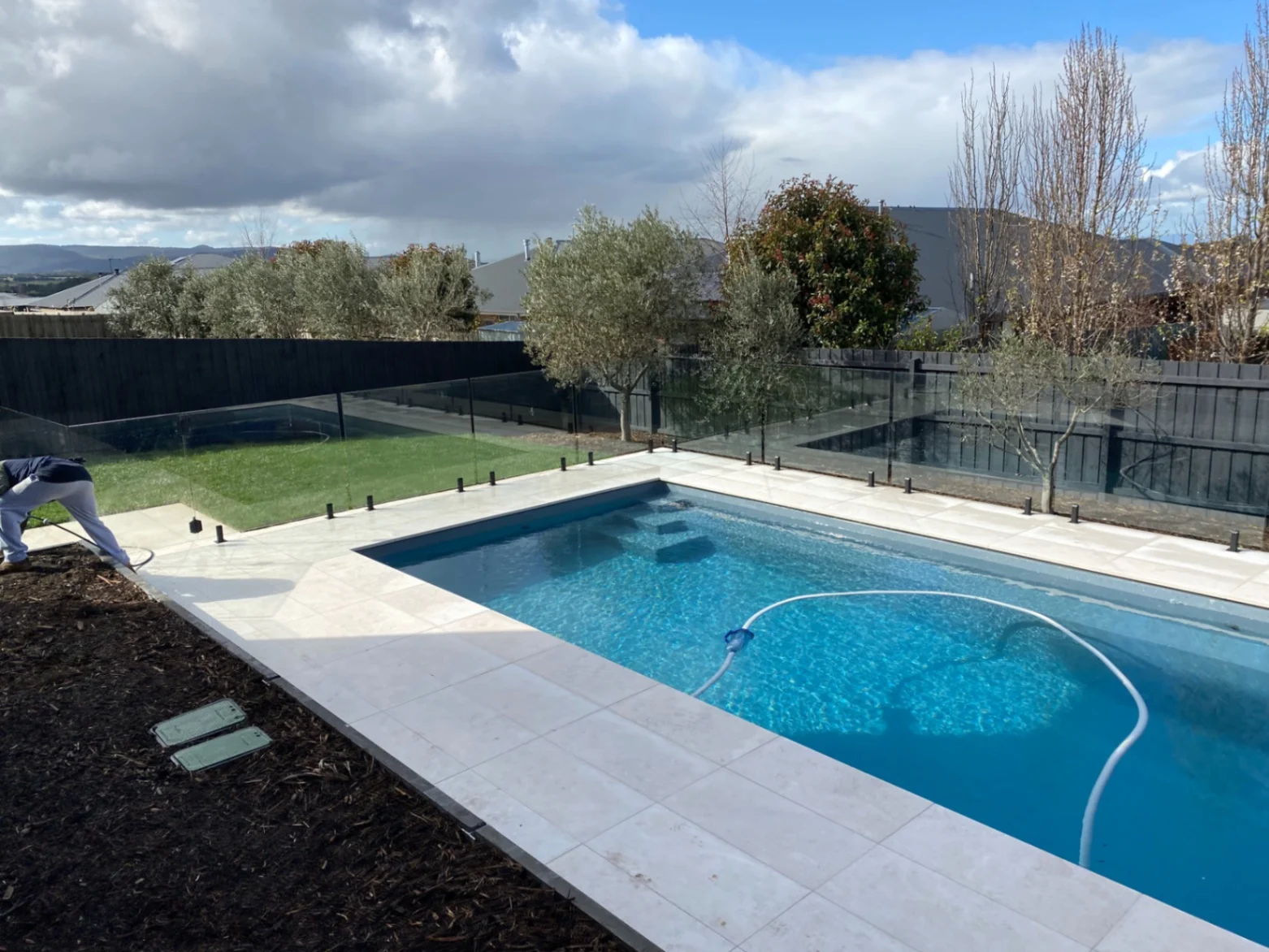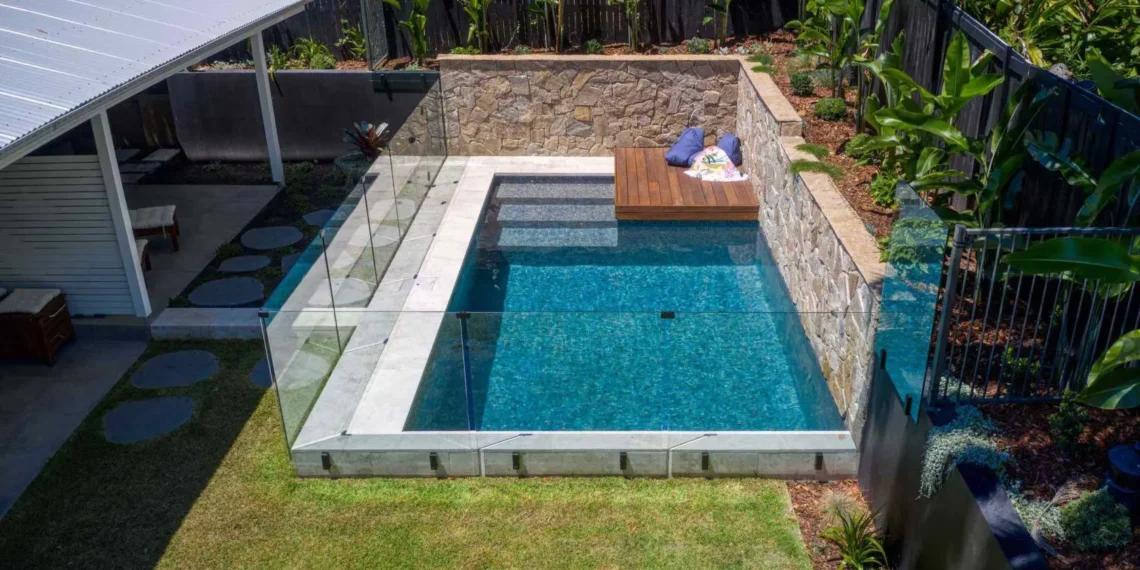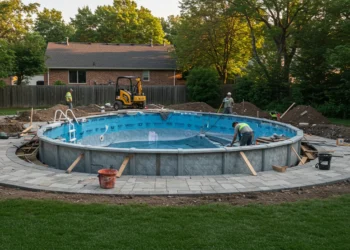Ensuring proper grounding is vital for swimmer safety and regulatory compliance in swimming pools. Given the presence of electrical components like pumps and lights, any electrical malfunction could lead to a live circuit, posing an electrocution risk. Failure to adhere to grounding protocols could result in potentially fatal electric shocks, emphasizing the criticality of proper earthing measures.
The electrical regulation states that any metal item near the pool’s waterline must either be insulated or grounded within the distance of what your arm could reach from the pool’s edge.
What is Earthing?
In the pool, all electrical gear and metallic structures must be linked in a process called equipotential bonding, commonly known as grounding or Earthing. It entails connecting a conductive material to the ground for safety and better electrical safety.
The conductors need to be well-made, corrosion-resistant, and mechanically sturdy. Furthermore, they must undergo testing according to Australian Standards. Any conductive metal exceeding 100mm in any dimension within 1.25m of the pool’s edge must be grounded.
Approaches To Achieving Proper Pool Earthing
Positioning the Fence Arm’s Reach Zone

Placing the fence beyond the 1250mm area decreases the need for grounding.
Using Insulated or Non-Conductive Hardware
Utilizing materials resistant to electrical conductivity during fence construction prevents electric current flow, thereby lowering the risk of electric shock.
Employing Licensed Electrician Services
Engaging a licensed electrician to install copper bond wires to each post or spigot within the grounding zone ensures effective electrical connectivity and adherence to pertinent regulations.
Is It Necessary to Earth Pool Fence Spigots and Posts?
Typically crafted from stainless steel, these components require grounding and insulation within the arm’s reach area to adhere to regulations.
Do Posts and Fixtures Installed on a Timber Deck Need Earthing?
Typically not. If the deck’s subframe is made of timber, grounding is unnecessary, as timber is non-conductive. However, an exception arises if the decking subframe is metallic and the posts are affixed to it; in this case, grounding for the posts is necessary.
Is It Necessary to Earth an Aluminum Pool Fence?
Absolutely, since aluminum conducts electricity if the fence is within reach, grounding is essential to prevent conductivity.
Is Earthing Necessary for Swimming Pools?
Indeed, it’s crucial to ground swimming pools to reduce electrical dangers. Grounding serves as a vital safety precaution, dispersing electrical currents and minimizing the potential for electric shock within and near the pool vicinity. Establishing proper bonding for the pool enables electrical faults to discharge into the ground safely.
To ensure your pool is properly grounded, follow these steps:
- Consult with a qualified electrician or pool safety expert to evaluate your pool’s grounding needs.
- Acquaint yourself with relevant regulations, such as AS/NZS 3000:2018, pertaining to pool fencing and grounding.
- Implement suitable grounding measures, like situating the fence beyond the 1250mm arm’s reach zone and utilizing insulated or non-conductive hardware.
Alternatively, enlist a licensed electrician to install copper bond wire.
Installing a Pool Fence
It’s crucial to plan. It is good to involve professional Electricians early on to set up bonding conductors before construction begins. Understanding your electrical earthing needs can affect your pool and fencing design. When it comes to earthing your pool fencing, safety is key. Trust a licensed electrician to ensure it meets all safety standards. Proper installation brings peace of mind, as water and electricity don’t mix well.
Ensuring Electrical Safety: Pool Fencing Compliance

Typically, it’s understood that pool fences must meet height regulations, but fewer people realize they also need to adhere to electrical standards. According to AS3000:2018, Equipotential Bonding (earth bonding) is mandated for pool fencing within arm’s reach of the pool edge. This includes conductive elements like stainless steel spigots.
To address this, one solution involves installing an earth wire between each spigot and an earthing point, usually done by a qualified electrician. However, this incurs extra costs and requires access to the earthing point.
An alternative is to use non-conductive spigots that feature thermoplastic insulated sleeves for compliance with AS3000. Another option is to opt for glazing to a recessed concrete channel, exempting it from AS3000 regulations as no conductive material is used. This method requires planning and forming a channel into the concrete foundation before installing the glass fencing.
Conclusion
Without adequate earthing, there’s a heightened risk of electrical dangers. Faulty bonding could result in charged metal components, an electrified pool posing a serious risk of electric shock to swimmers and others nearby.








